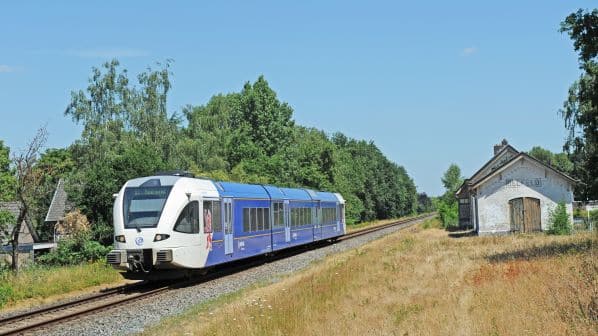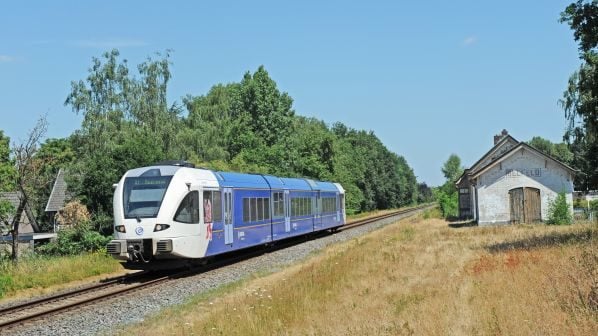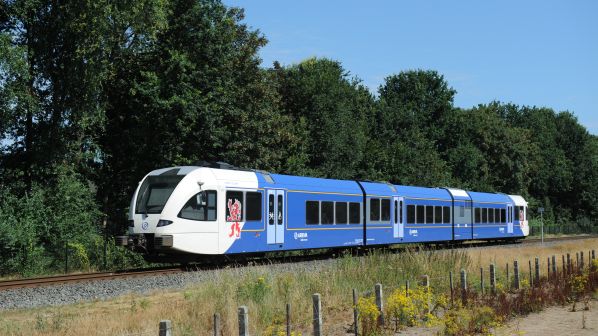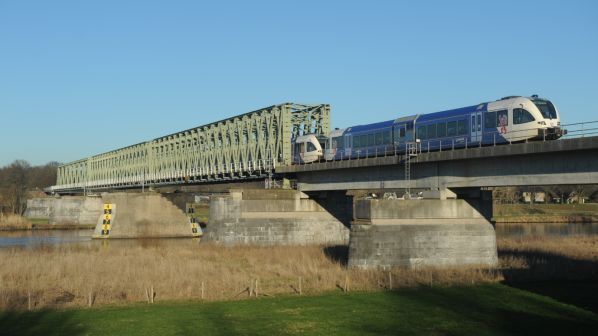DUTCH infrastructure manager ProRail has awarded Swietelsky Rail Benelux a contract to upgrade the 88km Maas Line that runs from Nijmegen to Venlo and Roermond along the River Maas.
Work is due start soon for completion in 2027, and will include electrification and partial track-doubling on four sections of the line near Cuijk, Boxmeer, Venray and Reuver.
The maximum speed will be raised from 100km/h to 140km/h, requiring some curves to be eased, and level crossings will be eliminated or upgraded with installation of new safety equipment.
The Maas Line upgrade should have been completed as long ago as 2020, but getting the project to the execution phase has been highly problematic, due in part to a sharp increase in costs caused by inflation.
The Dutch government and the provinces of Gelderland, North Brabant and Limburg are funding the project. Cost increases exceed the original funding envelope, which remained stalled as the four parties were unable to agree on who should provide the additional funding required.
The impasse was resolved last month when Limburg province decided to cover the cost increase. The total project cost is now €346m, but there are indications that this could increase again to reach €358m.
Passenger services on the Maas Line are operated by Arriva Netherlands under a concession contract awarded by the province of Limburg. Arriva’s fleet of Stadler GTW 2/8 DMUs will be replaced by Flirt 3 EMUs from the same manufacturer when electrification is completed.
It is planned to introduce a direct fast service from Nijmegen to Venlo and Maastricht, the capital of Limburg province. At present, passengers for Maastricht are required to change trains at Roermond.
“It is a very good news that the real work finally can start,” says outgoing state secretary at the Ministry of Infrastructure, Ms Vivianne Heijnen.
“This project has already a long history and there is much work to be done. But if the work is completed in 2027, there will be a modern railway from which passengers will benefit for years.”
For detailed data on rail infrastructure projects around the world, subscribe to IRJ Pro.




